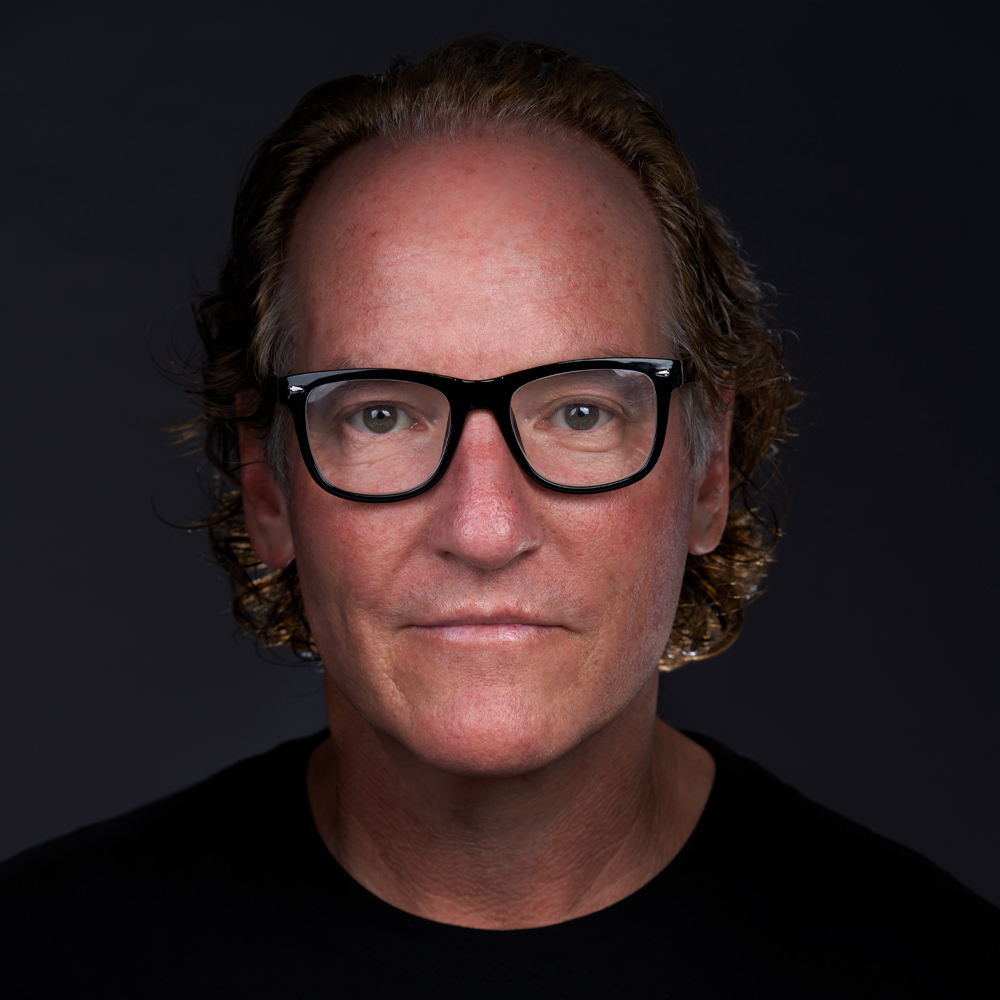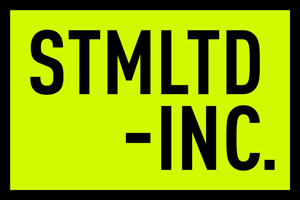Lessons learned from media-driven experiential transformation in TV, Concerts, Film and Cruise Ships
By Robb Wagner
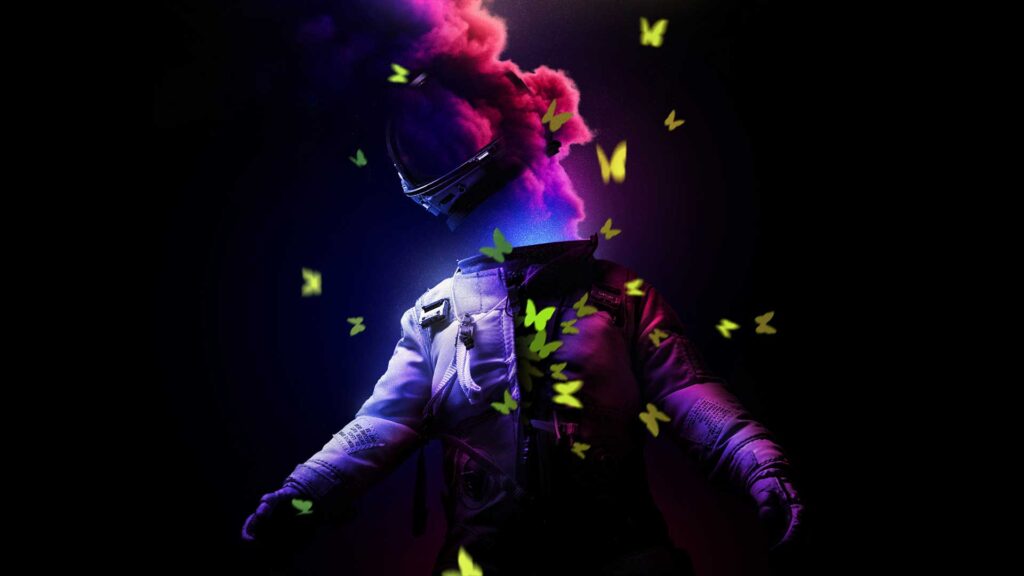
Brand Reality Check
Most brands don’t think about how to create new value for their existing assets.
That’s a problem. Too many treat their physical and digital assets as if they’re set in stone—untouchable and underutilized. But if you’re not reimagining and transforming those assets, you’re leaving significant opportunity on the table.
I know this firsthand, having been part of some incredible experiential transformations in TV, concerts, film and cruise ships. Now, I’m sharing what I learned through these remarkable experiences. Let’s dive into some of my Experiential Transformation case studies.
Reimagining Disney’s High School Musical
Turning Limitations Into Breakthrough Opportunities
Disney Before
A Hit TV Movie.
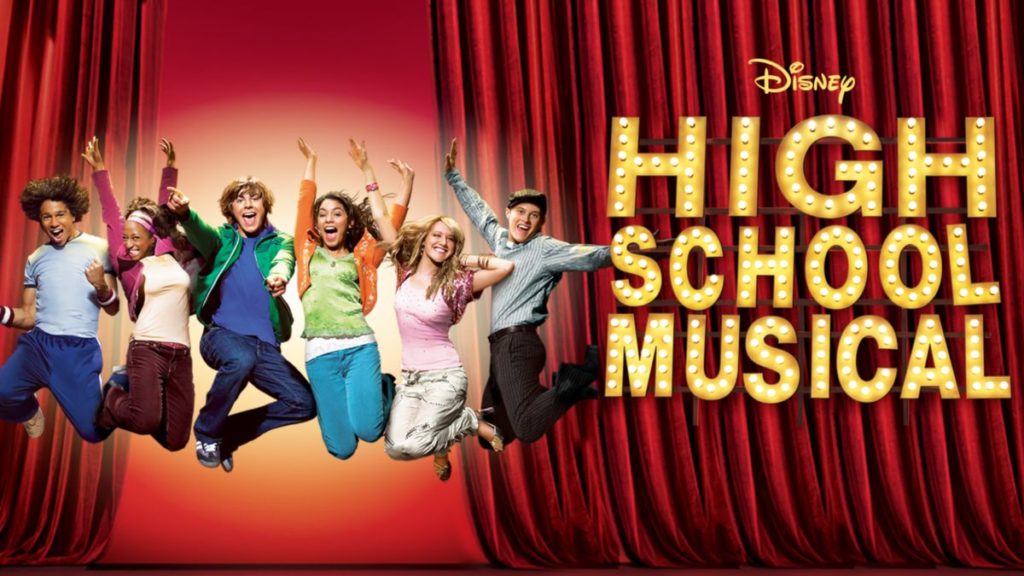
Sometimes, the best opportunities aren’t in creating something new, but in reimagining what exists and giving people a fresh way to experience what they love.
For instance, Disney wanted to create new value for its High School Musical franchise by transforming the hit TV movie into a concert tour, but there was a catch: half of the cast was unavailable due to other commitments. Rather than let that be a roadblock, Disney approached me to help stage a concert tour where half of the cast would perform live onstage, while the missing cast members would appear pre-filmed on the screens.
I worked with Director Kenny Ortega, pulling unused film footage from the cutting room floor. In essence, we reverse-edited scenes from the movie to be played on the screens. The result: live performers sang verses onstage while the filmed characters sang choruses on the screen. The audience loved it, and it was a breakthrough moment.
It didn’t matter that not all the stars were present in person; we managed to do it in a way that the audience didn’t even notice or care. We created an experience that the audience could share and remember forever. This epiphany set the stage for my future work, seamlessly blending the physical and virtual worlds.
This tour grossed $34 million, expanding the franchise’s reach globally and solidifying emotional connections with fans worldwide. That’s how you get real value out of an asset that’s stuck in one format, just waiting to break out into another.
The real insight here? Existing assets often hold the key to future opportunities, especially when you work with the right partners to unlock their full potential.
Disney After
Experiential Transformation: A Blockbuster Concert Tour.
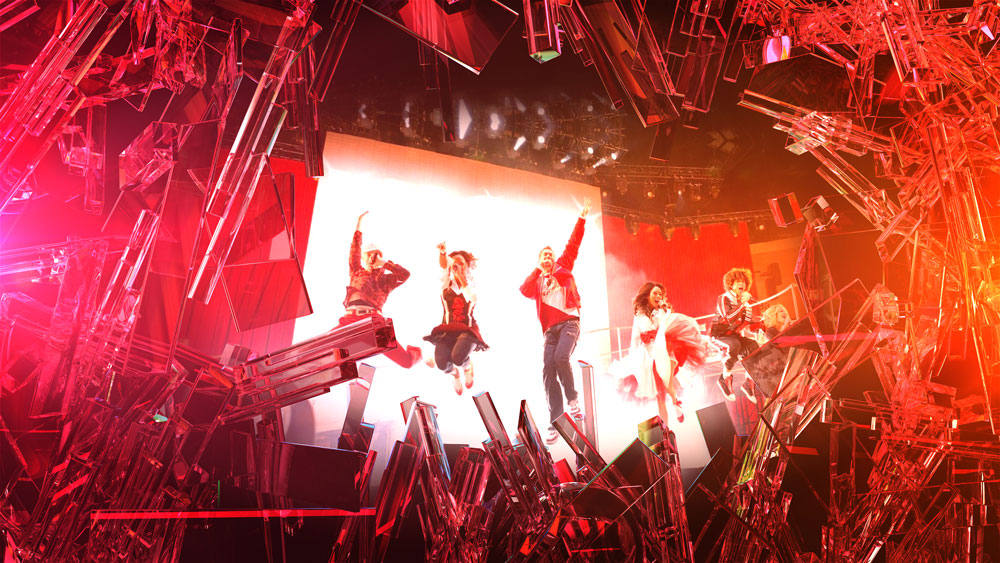
Reinventing Disney’s Hannah Montana 3D Concert Film
Transforming Disappointment into Opportunity
Disney Before
A Sold-Out Concert Tour.
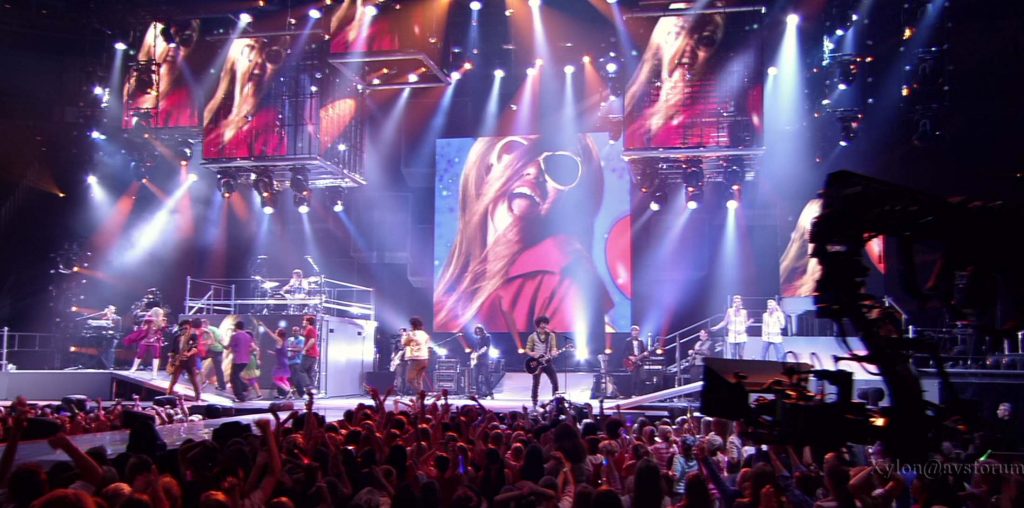
Often, the best opportunities aren’t in creating something new, but in reimagining what already exists.
For example, Disney’s Hannah Montana & Miley Cyrus: Best of Both Worlds concerts sold out in minutes, leaving millions of little girls disappointed. Rather than accept that, Disney asked, “How can we still give these fans a way to experience the concert?” The solution? Transform the entire concert into a 3D movie experience.
I worked with the Disney team to capture the excitement of the live concerts and create an experience that made people feel as if they’d actually attended. The goal was simple: turn disappointment into joy for millions of little girls.
We also studied other concert films being produced at the time, like U23D and Shine a Light (directed by Martin Scorsese). During this process, we made key creative decisions, including one crucial choice to make the massive 3D cameras part of the experience. Instead of hiding them, we made them part of the audience experience. While traditional thinking would suggest hiding the behind-the-scenes elements, such as cameras and crew, we realized it would add to the feeling of being live in the arena. And we were right.
Much like High School Musical, we proved that when done right, the audience doesn’t care whether an experience is live or virtual. We created another unforgettable experience for them to share and remember.
When you encounter a limitation with your original asset—whether it’s capacity, access, or reach—the solution isn’t always to accept it. Sometimes, it’s about transforming that limitation into a greater opportunity. By thinking beyond the original format, you open up new possibilities, amplifying the impact far beyond what was initially imagined.
This shift didn’t just turn a sold-out concert tour into a record-breaking theatrical hit; it also solidified Hannah Montana‘s place in pop culture for years to come. Reimagining the experience expanded its reach and deepened emotional connections with fans worldwide.
The real insight? The key to unlocking future opportunities often lies in transforming limitations into growth, and by thinking beyond the original format, you can amplify their impact.
Disney After
Experiential Transformation: A Record-Breaking 3D Movie Experience.
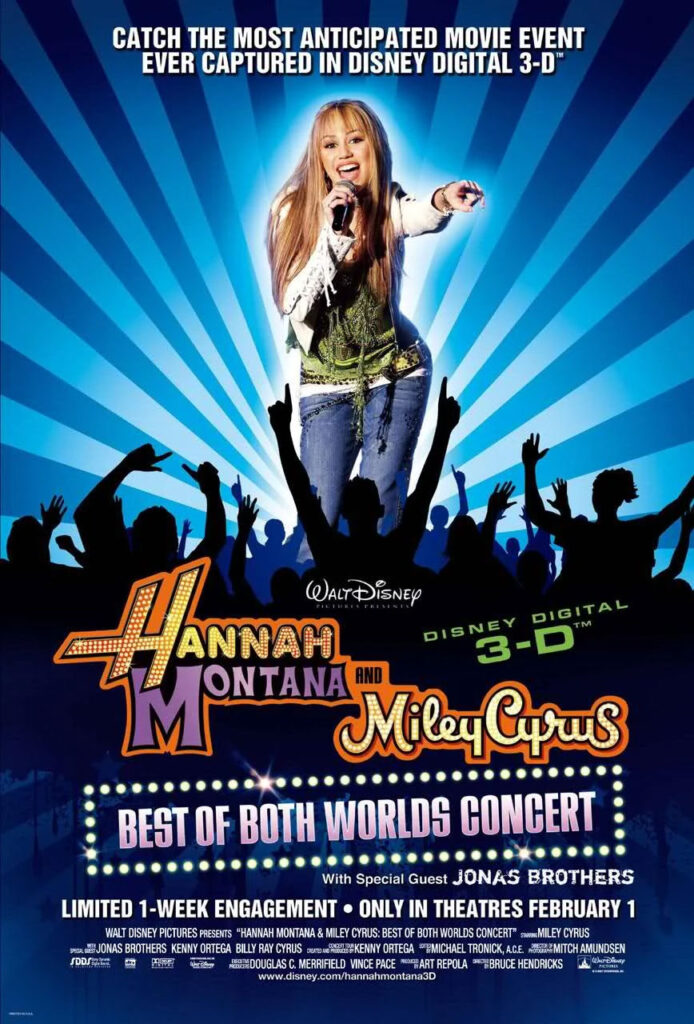
Creating Michael Jackson’s This Is It
Reimagining Iconic Content for a New Era
Sony Before
Experiential Transformation: A 3D Concert Rehearsal.
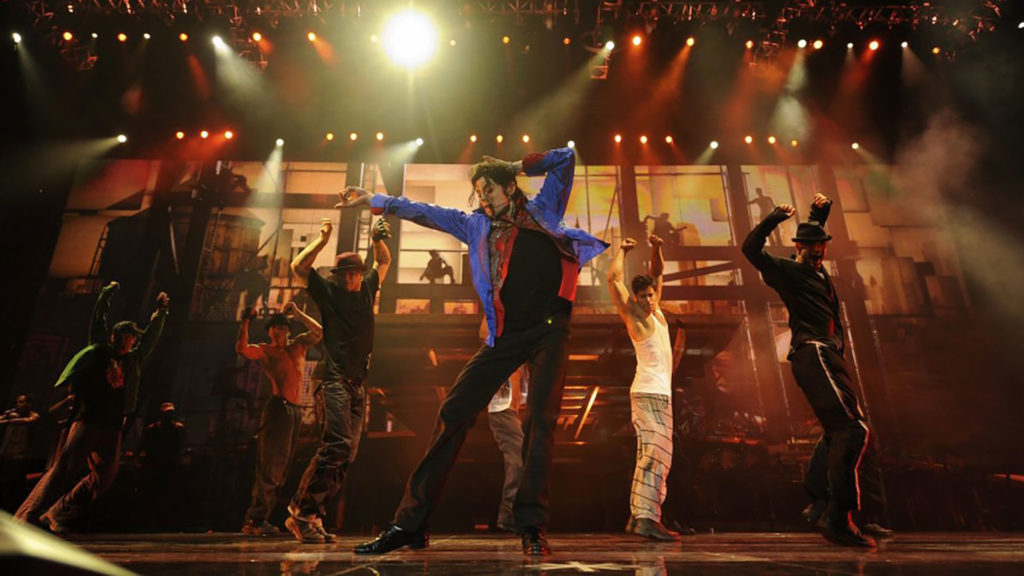
At times, the best opportunities come from reimagining the most iconic content for a new era.
Take Michael Jackson’s music videos, for example. How do you take something that’s already groundbreaking and make it even more innovative, delivering it to audiences in entirely new ways?
MJ had an idea: stage a concert tour where his most iconic music videos were reinvented into a media-driven concert experience. The live performance would become an extension of the 3D video screens, and vice versa, with the screens acting as an extension of the live performance onstage.
This was the next natural evolution of Experiential Media That Performs. Like High School Musical and Hannah Montana, we would invite the audience to suspend reality, allowing them to lose themselves in an experience where they wouldn’t notice or care what was live and what was virtual.
I had the privilege of working with MJ and his co-director, Kenny Ortega, to bring this groundbreaking 3D concert concept to life.
I’ll never forget my first meeting with Michael. It was in a dark, cavernous rehearsal stage in Burbank, CA. In the middle of this vast soundstage was a table, four chairs, and a small desk lamp. Kenny introduced me to Michael, who then shared his vision for the concerts in vivid detail. I’ll never forget these words: “I want the concert to start with a film that tells us who we are, where we came from, and where we’re going.” I thought, Wow, and that’s before the concert even begins.
As Michael sang and danced the hooks right in front of me, I frantically took notes in an art sketchbook I still have today. He was such a great communicator. After that twelve-hour meeting, I knew exactly what needed to be done.
I went to work assembling the key creative team, along with my longtime colleague, Bruce Jones. My Burbank studio became the creative nerve center for the project, and MJ loved dropping by to spend time with the creatives. I’ll never forget him saying, “Please feel free to take my ideas and make them better.” That was a lesson. If the King of Pop doesn’t have an ego, no one should.
We spent six weeks filming across three soundstages at Culver Studios, where MJ had filmed Smooth Criminal, the most expensive music video ever. We built lush rainforests and devastated landscapes, and created an infinite sea of dancing soldiers, while the tour rehearsed at The Forum in Inglewood, CA.
Read about the secretive “Dome Project”
The 3D film and video elements were being finalized in the last weeks of rehearsal at LA’s Staples Center, which could accommodate the massive stage planned for the residency at London’s O2 Arena.
Then tragedy struck. MJ suddenly passed.
After some time, people began to process his untimely death. There were rumors of a film telling the story of the ill-fated tour, which would represent yet another experiential transformation.
Sony approached me, explaining that they wanted to make a film to show the audience what Michael’s comeback concert would have been like. They told me that my work was the only one that could still be completed to show people the full scope of Michael’s vision.
We collaborated with Sony, completing MJ’s 3D concert vision to the best of our ability without his direct involvement.
The result was a blockbuster movie experience that transformed a tragedy into a celebration of Michael’s career, his talent, and his humanity. It solidified MJ’s legacy as the King of Pop, showing him as the boss he was, and ensured he would be remembered for generations to come.
The first Experiential Mindset Shift in this story is the ability to reimagine and transform an already groundbreaking concept (Michael’s music videos) into something even more impactful. Michael Jackson’s original vision was a 3D concert experience that blended the virtual and physical worlds in a way never seen before. He understood that the true power of the experience lay not just in the live performance but in the integration of technology, storytelling, and creative innovation to push beyond the traditional.
When tragedy struck and the live tour became impossible, the shift moved from mourning the loss to reinterpreting the vision into a cinematic experience that captured MJ’s essence and connected with audiences in a new way. The mindset shift here is about seeing opportunity in limitation and transforming it into an experience that amplifies impact and expands reach, whether the experience is virtual or live.
These mindset shifts are about creating experiences that transcend format, making the audience feel as if they’re part of the journey, whether through a concert, a film, or a blend of both. It’s about seeing the future of entertainment not as a choice between physical or virtual, but as a powerful fusion of the two.
Sony After
Experiential Transformation: A Smash Hit Film.
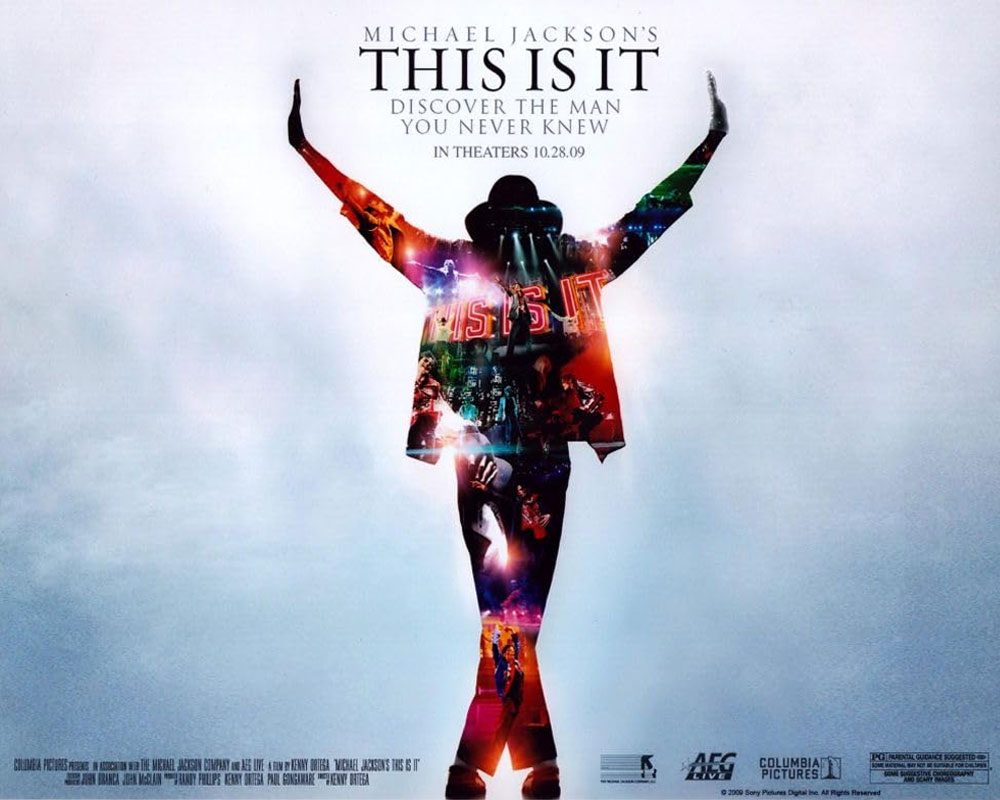
Transforming A Cruise Line
Unlocking Revenue Through Flexible Entertainment
Cruise Line Before
A Fleet Of Ships.
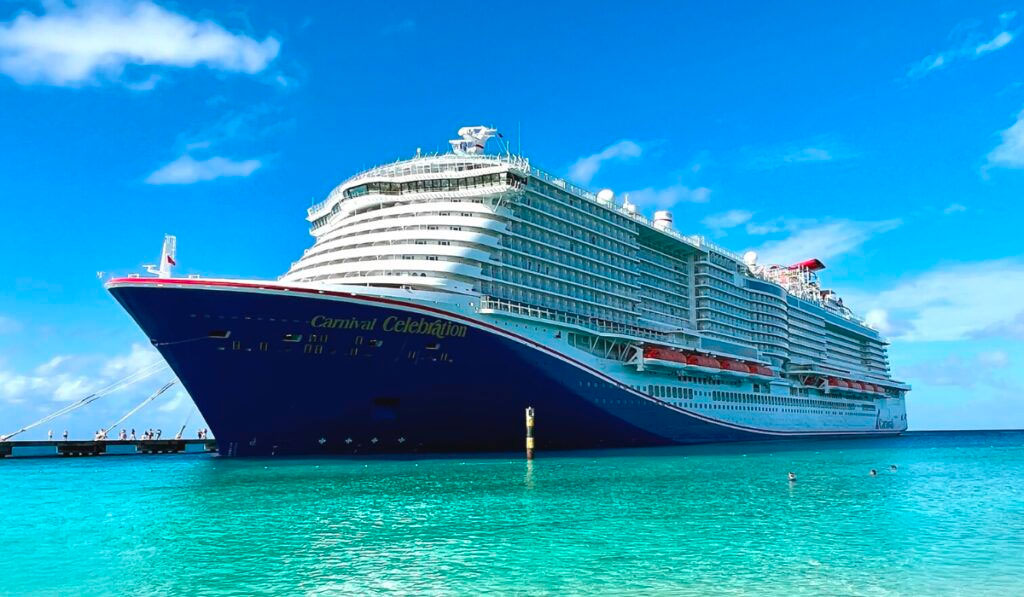
The greatest opportunities aren’t always about creating something new, but in using new ideas to transform what already exists into something groundbreaking.
The world’s largest cruise line was sitting on billions of assets but struggling to turn them into revenue.
Research showed that future guests would value innovative entertainment, requiring an experiential transformation of traditional theaters into media-driven venues where LED screens replaced physical scenery.
This multimedia infrastructure allowed the cruise line to expand its entertainment options, given the limited space on ships. It also opened the door to creative concepts like Virtual Cast Extension. Drawing from my experience creating an infinite sea of dancing soldiers for Michael Jackson, we replicated live characters on video screens in a way that blurred the line between the real and the virtual. Suddenly, twelve live characters on stage multiplied into dozens on the screens. We could even make a character defy reality and walk on the ceiling.
While the early projects were successful, the audience began to notice the absence of scenery. Psychology tells us that people dislike losing something twice as much as they like gaining something.
Over time, we refined the approach, moving toward experiential entertainment where scenery was reintegrated. I worked with scenic designers to ensure that the physical scenery and media content complemented each other. The result was an experience where the audience saw physical scenery in the space, mirrored on the screens. This erased the line between the physical and virtual worlds, building on the concepts we developed for Disney’s High School Musical and Hannah Montana, as well as Michael Jackson. This was true immersion.
As the ships evolved, the design included more LED screens. The sheer size of the ships and guest capacity meant more entertainment spaces, breaking the theater barrier and bringing entertainment to various areas of the ship.
A prime example of this flexible entertainment infrastructure is a design where a 100-foot wide window offers guests a view of the ocean by day. At 6 o’clock, gigantic LED screens descend from the ceiling and rise from the floor, transforming the atrium into a media-driven entertainment venue.
This flexible infrastructure allows the cruise line to program content based on guest demand. If one experience is popular, it can be programmed more frequently. By minimizing physical logistics and expanding flexible entertainment spaces, the cruise line can offer guests what they want, when they want it.
The importance of flexible entertainment infrastructure cannot be overstated—it’s the key to unlocking endless possibilities. Traditional venues are often constrained by fixed elements that limit the evolution of experiences. But when you design spaces with flexibility in mind, you open the door to a world of creative potential.
By integrating adaptable technologies like LED screens, configurable stages, and dynamic spaces, you give yourself the freedom to continually innovate, respond to audience demand, and push the boundaries of what’s possible. This flexibility doesn’t just enhance the guest experience; it transforms the entire approach to entertainment. It’s about creating environments that can shift, change, and adapt in real-time, allowing you to craft unique, ever-evolving experiences that keep your audience engaged and coming back for more.
With the right infrastructure, every experience becomes an opportunity to explore new ideas, break conventions, and redefine the way we think about entertaining people. The real power of flexibility lies in its ability to amplify creativity and turn limitations into endless possibilities.
Cruise Line After
Experiential Transformation: Explosive Growth.
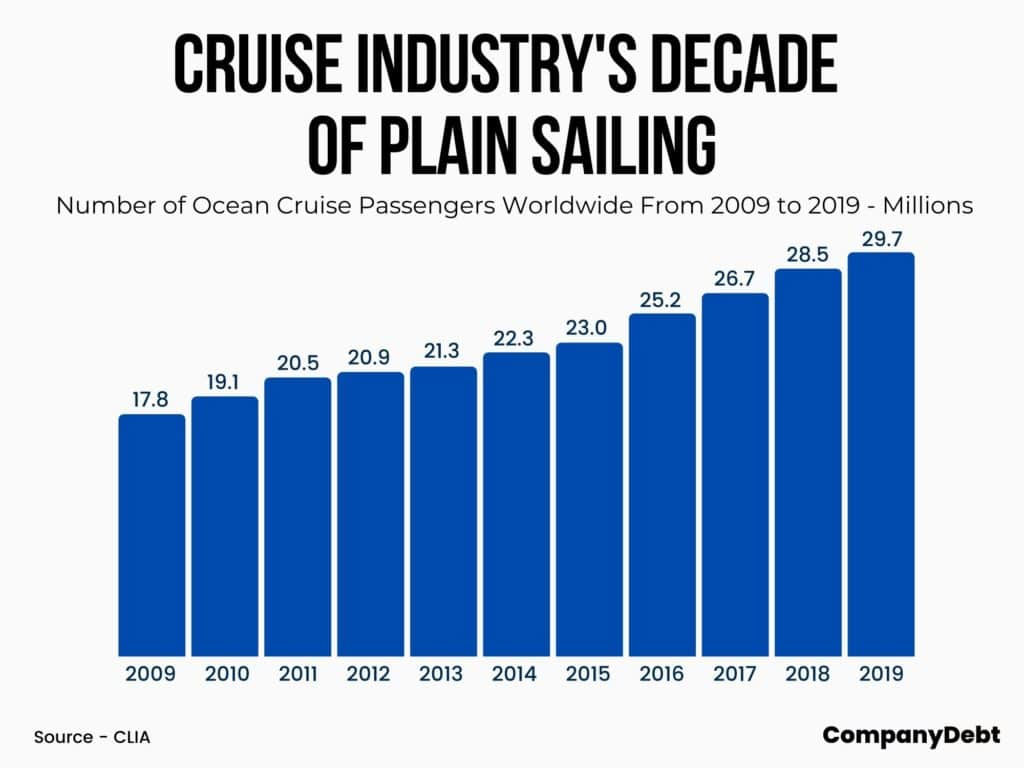
What could your experience become?
Hyper-Transformation isn’t just a buzzword to me—it’s the game-changer. It’s about squeezing every drop of untapped potential from existing assets, uncovering hidden value, and creating experiences that not only connect but keep people coming back for more. This isn’t about simple transformation; this is hyper-transformation. So when I walk through a dead zone in a casino, step into a club that’s fallen behind, or see a venue that’s sitting on untapped potential, I can’t help but think, How can we make this better?
Casino Before
A Slot Floor.
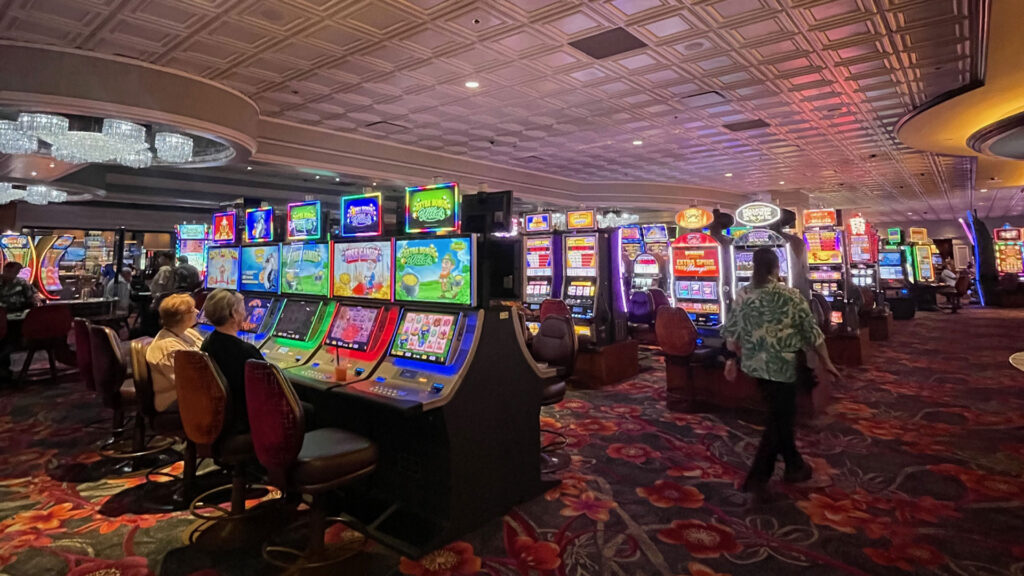
Casino After
A Packed Slot Floor.
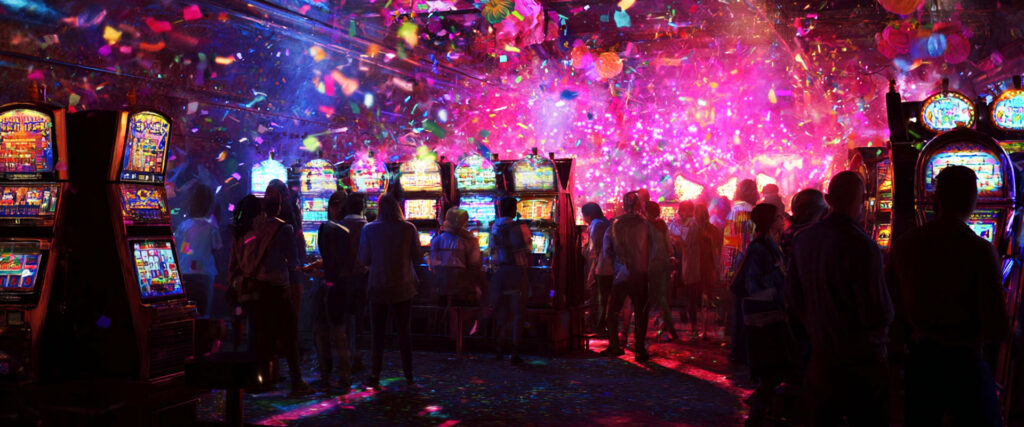
In conclusion
This isn’t about me selling anything; it’s about sharing my experiences and insights on what I do best. It’s in my professional DNA. This is my passion—what drives me every day—and I’m damn good at it. It’s not just a job; it’s the relentless pursuit of making things legendary.
For over 20 years, I’ve worked in TV, concerts, film, and cruise ships, all while discovering how to bring fresh life to tired assets. The result? High-impact, revenue-generating experiences that resonate with audiences on an emotional level and unlock new growth opportunities.
So, here’s my message: stop letting your brand’s assets collect dust. It’s time to stop ignoring their potential and start turning them into something that matters. If you’re ready to rethink what’s possible, start thinking hyper-transformation. Your brand deserves it.
Let’s talk about hyper-transforming your existing assets.
– Robb Wagner
